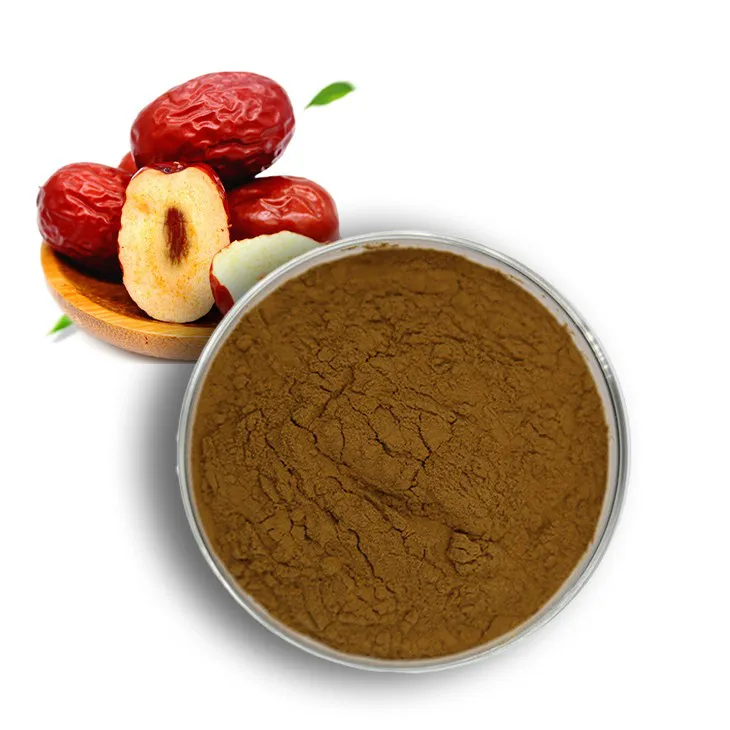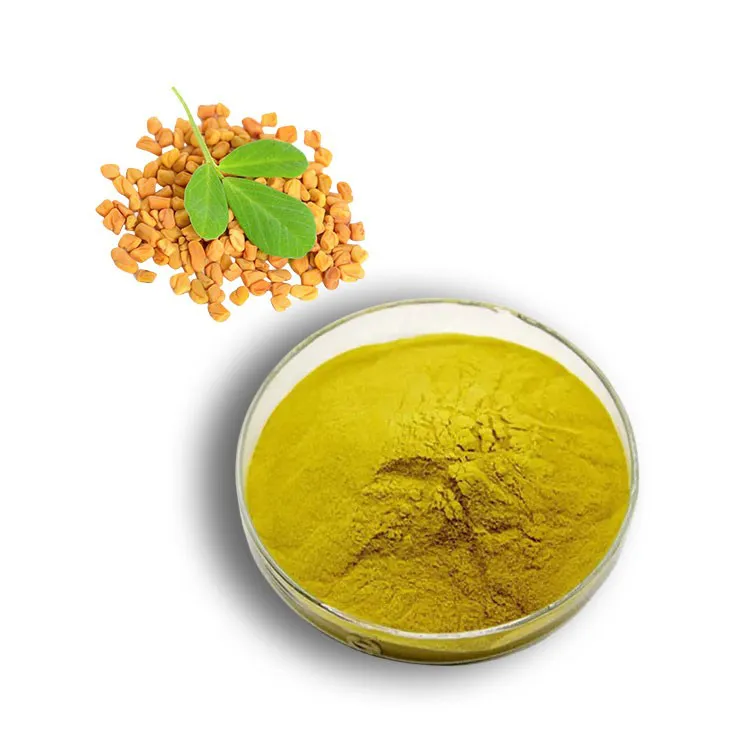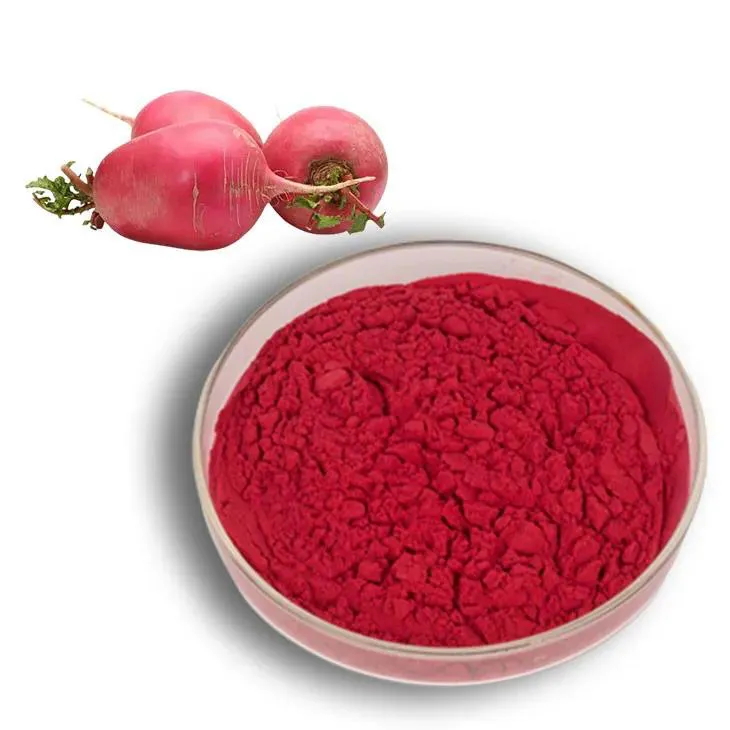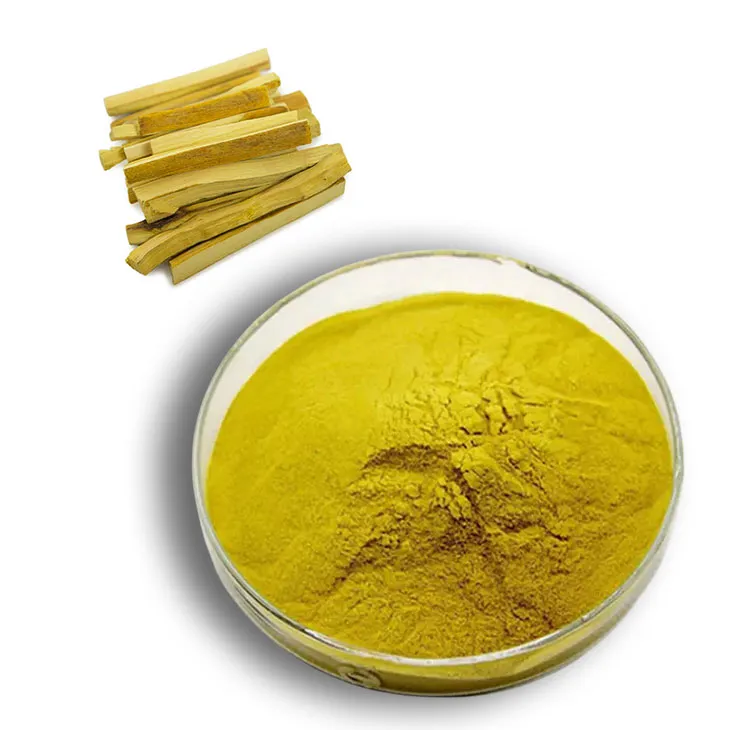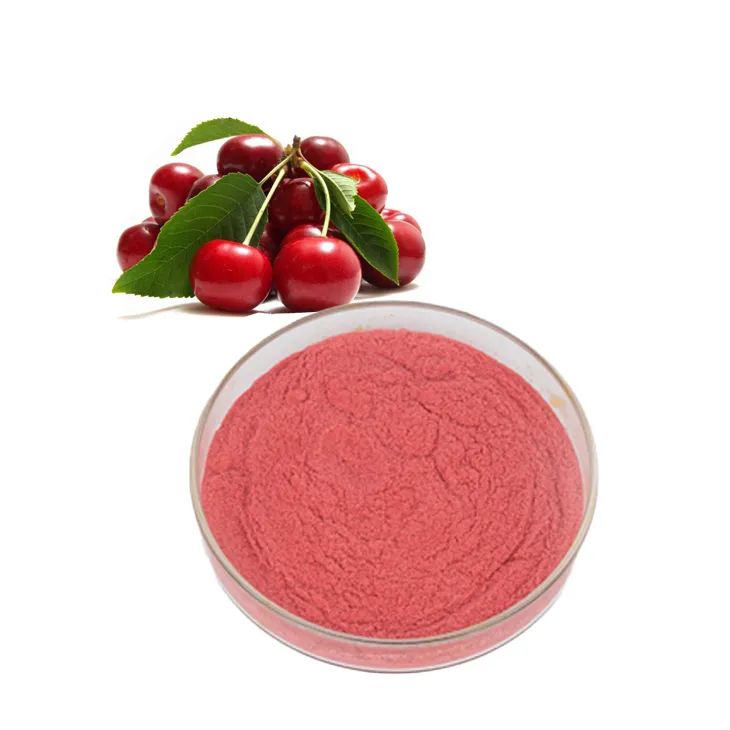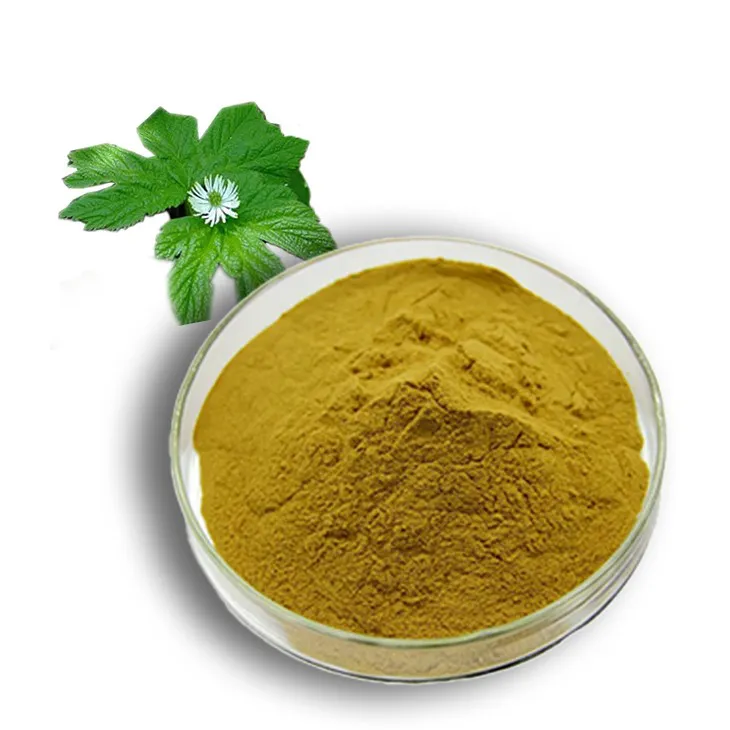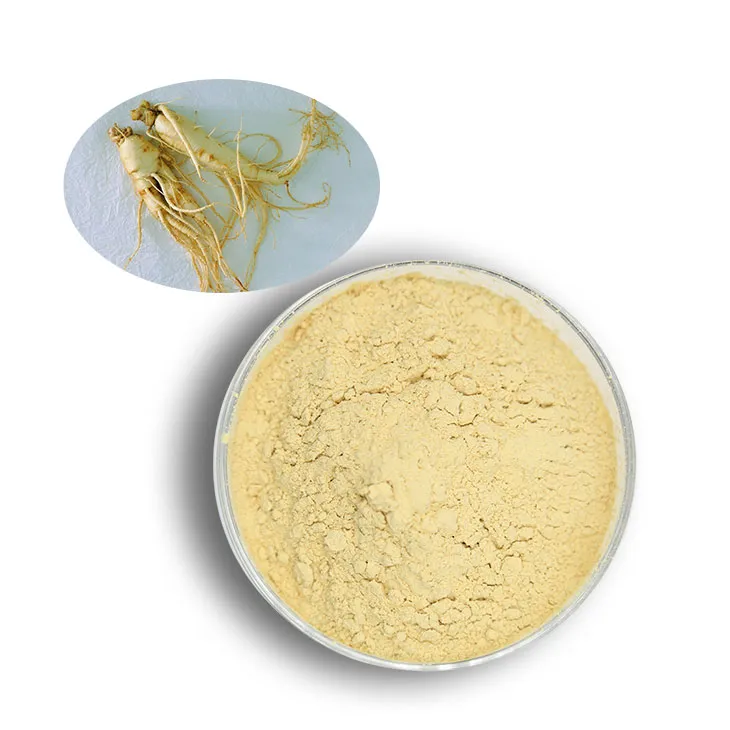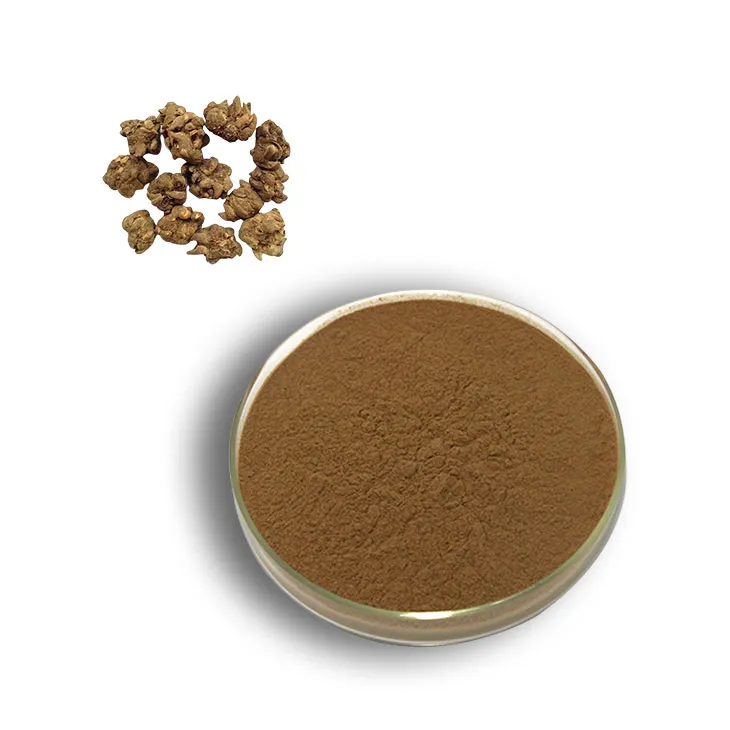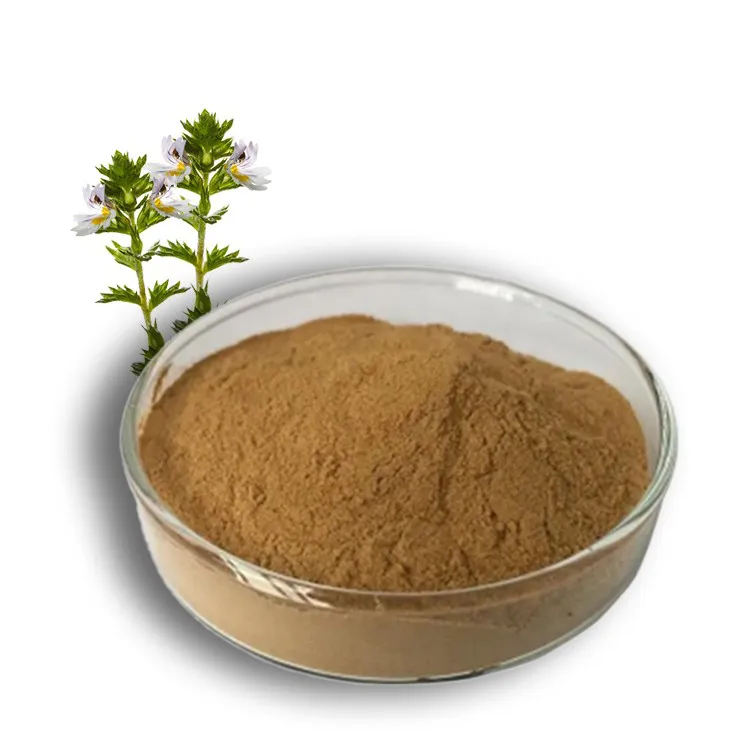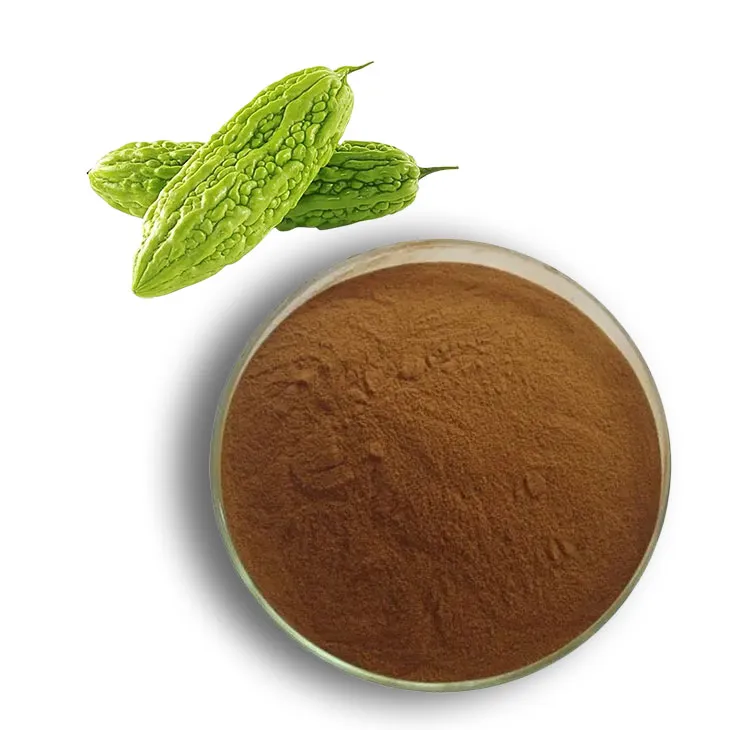- 0086-571-85302990
- sales@greenskybio.com
The Future is Green: Prospects for Advancements in Plant Extract Science
2024-07-18
1. Introduction
The field of plant extract science is on the cusp of remarkable advancements. Plant - based extracts have long been utilized by humanity, but in recent years, their importance has skyrocketed. With the increasing focus on natural and sustainable solutions in various industries, plant extracts are emerging as a key area of research and development.
2. The Growing Importance of Plant - Based Extracts in Modern Industries
2.1. Pharmaceutical Industry
In the pharmaceutical industry, plant extracts are being intensively studied for their potential in treating diseases. Many traditional medicines have their roots in plant - based remedies. For example, the bark of the willow tree was the origin of aspirin. Today, scientists are screening a vast array of plants to discover new bioactive compounds. These compounds can act as antimicrobials, anti - inflammatories, and even anti - cancer agents.
- Plants such as Taxus brevifolia contain paclitaxel, a compound used in cancer chemotherapy.
- Some tropical plants have shown promise in fighting against drug - resistant bacteria due to their unique chemical constituents.
2.2. Cosmetics and Beauty Industry
The cosmetics and beauty industry is another area where plant extracts are making a significant impact. Consumers are increasingly demanding natural and organic products. Plant extracts offer a rich source of ingredients for skin and hair care.
- Aloe vera extract is well - known for its soothing and moisturizing properties, commonly used in lotions and gels.
- Rosehip oil, rich in vitamins and fatty acids, is used in anti - aging products to improve skin elasticity.
2.3. Food Industry
In the food industry, plant extracts are used to enhance food quality in multiple ways. They can act as natural preservatives, flavor enhancers, and sources of nutrition.
- Extracts from herbs like rosemary and thyme have antioxidant properties, which can extend the shelf - life of food products.
- Some plant extracts, such as those from fruits, can add natural flavors to food without the need for artificial additives.
3. Bioactive Compounds in Plant Extracts
The study of bioactive compounds in plant extracts is a crucial aspect of this field. These compounds are responsible for the various beneficial effects of plant - based extracts.
- Flavonoids are a large group of bioactive compounds found in many plants. They have antioxidant, anti - inflammatory, and anti - cancer properties. For example, Quercetin, a flavonoid found in apples and onions, has been studied for its potential in reducing the risk of chronic diseases.
- Terpenoids are another class of compounds. They are often responsible for the characteristic scents of plants. Some terpenoids have been shown to have antimicrobial and anti - parasitic properties.
- Alkaloids are nitrogen - containing compounds. Many alkaloids, such as morphine from the opium poppy, have significant pharmacological effects.
4. The Role of Technology in Unlocking the Potential of Plant Extracts
4.1. Advanced Extraction Techniques
Modern technology has led to the development of advanced extraction techniques. These techniques allow for more efficient and selective extraction of bioactive compounds from plants.
- Supercritical fluid extraction uses supercritical fluids, such as carbon dioxide, to extract compounds. This method is gentle, environmentally friendly, and can produce high - quality extracts.
- Ultrasonic - assisted extraction utilizes ultrasonic waves to enhance the extraction process. It can reduce extraction time and increase the yield of bioactive compounds.
4.2. Analytical Tools
Sophisticated analytical tools are essential for understanding the composition of plant extracts.
- High - performance liquid chromatography (HPLC) is used to separate and analyze the components of plant extracts. It can provide detailed information about the types and amounts of bioactive compounds present.
- Mass spectrometry (MS) is often coupled with HPLC to further identify the compounds. It can determine the molecular weights and structures of the components in plant extracts.
4.3. Biotechnology and Genetic Engineering
Biotechnology and genetic engineering are also playing a role in plant extract science.
- Genetic engineering can be used to enhance the production of bioactive compounds in plants. For example, by modifying the genes responsible for the synthesis of a particular compound, scientists can increase its yield.
- Biotechnology can also be used to develop new plant varieties with improved characteristics for extraction. These new varieties may have higher levels of desired bioactive compounds or be more resistant to diseases and pests.
5. The Need for Global Cooperation in Plant Extract Science
5.1. Ethical Considerations
Global cooperation is necessary to ensure ethical development in plant extract science. There are several ethical issues to consider.
- The fair distribution of benefits from plant - based products. Indigenous communities often have traditional knowledge about plants and their uses. It is essential to ensure that these communities are fairly compensated when their knowledge is used in commercial products.
- Protecting the rights of farmers and growers. They should be fairly paid for their crops used in extraction, and sustainable farming practices should be promoted.
5.2. Sustainable Development
Sustainable development is a key concern in plant extract science.
- Over - extraction of plants can lead to their depletion. Global cooperation can help in setting sustainable extraction limits and promoting conservation efforts.
- Sharing best practices in cultivation and extraction can ensure that the process is environmentally friendly. For example, some countries may have developed effective methods for water - efficient irrigation in plant cultivation, which can be shared globally.
6. Conclusion
The future of plant extract science is indeed green. The potential for advancements in this field is vast, with applications in multiple industries. By harnessing the power of technology and promoting global cooperation, we can ensure that the development of plant extract science is both ethical and sustainable. This will not only lead to the discovery of new drugs, beauty products, and food additives but also contribute to the conservation of plant biodiversity and the well - being of communities around the world.
FAQ:
Q1: Why are plant - based extracts becoming more important in modern industries?
Plant - based extracts are becoming more important in modern industries because they contain bioactive compounds. These compounds can be used in various ways such as treating diseases, enhancing beauty products, and improving food quality. For example, certain plant extracts may have anti - inflammatory or antioxidant properties which are highly valued in the medical and cosmetic fields. In the food industry, plant extracts can be used as natural preservatives or to add flavor and nutritional value.
Q2: How are bioactive compounds in plant extracts studied?
Bioactive compounds in plant extracts are studied through a variety of scientific methods. Scientists first isolate the plant extract, which can be done through techniques like solvent extraction. Then, they use advanced analytical tools such as chromatography (e.g., high - performance liquid chromatography) and spectroscopy (e.g., mass spectrometry) to identify and quantify the bioactive compounds present. In vitro and in vivo studies are also conducted to understand how these compounds interact with biological systems, for example, how they affect cells in a laboratory dish or how they work in living organisms.
Q3: What role does technology play in the development of plant extract science?
Technology plays a crucial role in the development of plant extract science. Advanced extraction techniques allow for more efficient and selective extraction of bioactive compounds from plants. For instance, supercritical fluid extraction can extract compounds without leaving behind harmful solvents. High - throughput screening technologies enable the rapid testing of plant extracts for various biological activities. Additionally, genomics and proteomics technologies can help in understanding the biosynthesis of bioactive compounds in plants, which can lead to better ways of cultivating plants to increase the yield of these valuable compounds.
Q4: Why is global cooperation necessary for the ethical and sustainable development of plant extract science?
Global cooperation is necessary for the ethical and sustainable development of plant extract science. Different regions of the world are home to diverse plant species, and some plants may be endangered or at risk of over - exploitation. By working together globally, countries can share knowledge and resources to ensure that plant extraction is done in an ethical manner, respecting the rights of indigenous people who may have traditional knowledge about these plants. Also, global cooperation can help in setting sustainable harvesting practices to protect the plants and their ecosystems for future generations. Moreover, it allows for the sharing of research findings and best practices in areas such as quality control and safety regulations.
Q5: What are the potential challenges in the future development of plant extract science?
There are several potential challenges in the future development of plant extract science. One challenge is the standardization of plant extracts. Since plants can vary in their composition depending on factors such as growth conditions and genetic differences, it can be difficult to ensure consistent quality of extracts. Another challenge is regulatory compliance. Different countries may have different regulations regarding the use of plant extracts in food, medicine, and cosmetics, which can create barriers for international trade and development. Additionally, there may be competition for limited plant resources, especially for those plants with high - value bioactive compounds, which needs to be managed sustainably.
Related literature
- Advances in Plant Extract Research: From Traditional Knowledge to Modern Applications"
- "The Role of Plant Extracts in Sustainable Healthcare"
- "Technological Innovations in Plant Extract Science for the Food Industry"
- ▶ Hesperidin
- ▶ Citrus Bioflavonoids
- ▶ Plant Extract
- ▶ lycopene
- ▶ Diosmin
- ▶ Grape seed extract
- ▶ Sea buckthorn Juice Powder
- ▶ Fruit Juice Powder
- ▶ Hops Extract
- ▶ Artichoke Extract
- ▶ Mushroom extract
- ▶ Astaxanthin
- ▶ Green Tea Extract
- ▶ Curcumin
- ▶ Horse Chestnut Extract
- ▶ Other Product
- ▶ Boswellia Serrata Extract
- ▶ Resveratrol
- ▶ Marigold Extract
- ▶ Grape Leaf Extract
- ▶ New Product
- ▶ Aminolevulinic acid
- ▶ Cranberry Extract
- ▶ Red Yeast Rice
- ▶ Red Wine Extract
-
Jujube Extract
2024-07-18
-
Fenugreek Extract Powder
2024-07-18
-
Beetroot juice Powder
2024-07-18
-
Berberis aristata Extract
2024-07-18
-
Acerola Extract
2024-07-18
-
Golden Seal Extract
2024-07-18
-
American Ginseng Root Extract
2024-07-18
-
Cat Claw Extract
2024-07-18
-
Eyebright Extract
2024-07-18
-
Bitter Melon Extract
2024-07-18











